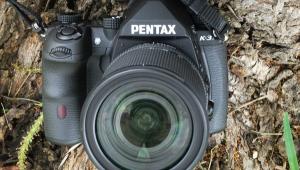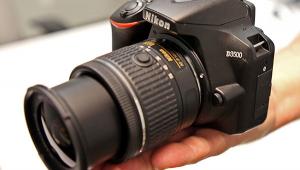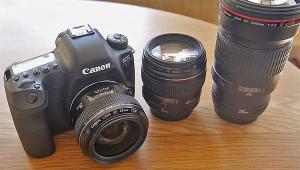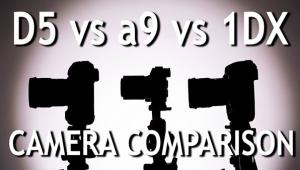Nikon D5200 DSLR Review
The D5200 follows Nikon’s D5100 and offers a new sensor with higher resolution (24MP instead of 16MP in the D5100). The new camera has an APS-C-sized CMOS sensor and uses a fast and reliable AF system with 39 focus sensors, including nine cross-type sensors. The photographer can toggle between different AF modes with nine, 21, or 39 points with dynamic-area mode and use predictive focus tracking for moving subjects.
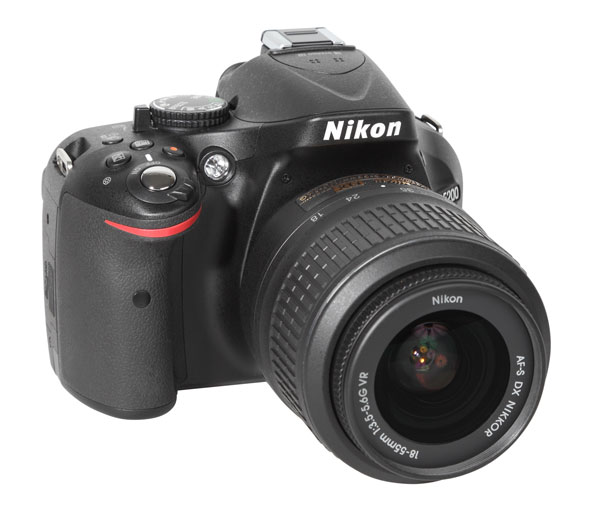
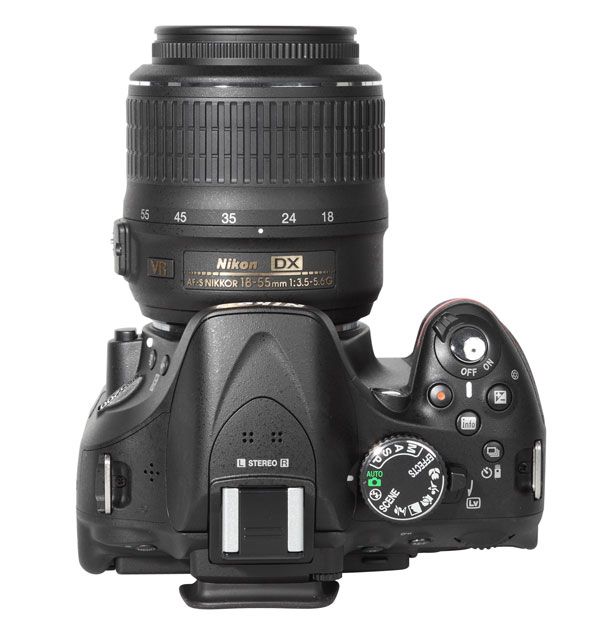
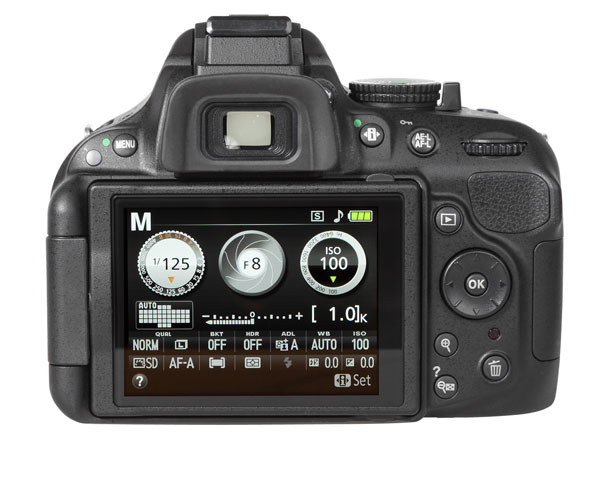
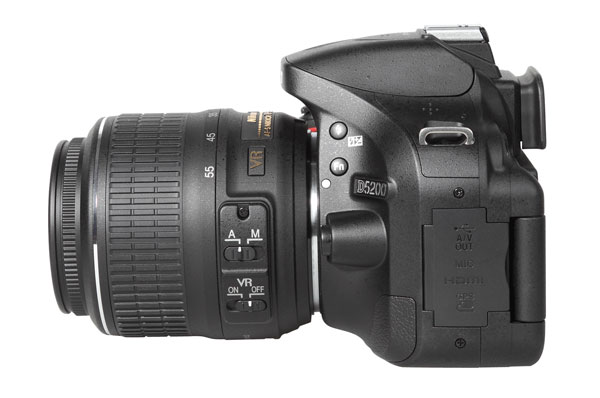

The camera is very fast: start-up time and shutter delay are on very low levels. The fast AF system shows very quick response even when shooting fast-moving subjects. The camera offers two continuous shooting modes with up to 3 (L) or 5 (H) frames per second. It will take 5 images per second when additional imaging features (anti-noise filtering, lens correction mode) are disabled in the menu.
The basic design of the new Nikon follows common SLR standards. The camera offers a large and handy grip on the right-hand side, an optical viewfinder with the typical penta-prism design, a large mode dial on the top, and an additional shutter release button for video recording. Just like an entry-level SLR, the D5200 uses only one setup dial on the back. When the photographer wants to change aperture size and shutter speed in M mode he or she has to use the “+/-” button on the top and toggle between both settings to change only one parameter at a time.
The camera design offers a very handy switch to change between the optical viewfinder and electronic live view on the screen. This “Lv” switch is directly located near the mode dial and is readily accessible.
The camera offers a large swivel LCD monitor on the back. Due to its pivot joint on the left-hand side of the body it can be flipped up- and downward and to the front. This helps the user shoot images near the ground and self-portraits, and comes in quite handy when recording video. The LCD screen has 921,000 RGB dots and shows images and information very clearly.
The menu offers entry-level SLR icons for aperture size, for example, plus additional image information. The “i” button on the back opens a quick menu, which helps the user change the most important image parameters very quickly and efficiently. The Fn button on the left-hand side of the lens mount can be used for user-defined functions—for direct access to ISO speed settings, for example.
The Nikon D5200 is able to record Full HD video with up to 60/50 interlaced frames (60i/50i), 30/25 progressive frames (30p/25p). When recording in HD mode (1280x720 pixels) it allows the user to shoot up to 60/50 frames in progressive mode (60p/50p). It also allows use of manual exposure settings and manual setting of the sound level. A 3.5mm jack enables the use of additional microphones for better sound quality.

Image Quality
Color: The Automatic White Balance (AWB) system showed an ambivalent performance in our tests: the portrait shot showed an intense yellowish and greenish touch. The fluorescent light (used for all our portrait test shots with all cameras) seemed to confuse the AWB system; it showed a good performance in the shot of the test chart using the same source. The GretagMacbeth chart was reproduced with a slight shift toward darker gray nuances in the blue area while only the brightest gray pattern showed the shift into the yellow and green direction. Just like in images taken with nearly all Nikon cameras, the blue colors showed an extremely high saturation and very high magenta rate. The skin tone patterns on the test chart are reproduced correctly and red nuances gained only a slightly high yellow rate.

Sharpness: The camera showed excellent performance in the resolution tests. The ISO 12,233 chart was reproduced with 3738 of 4000 lines in picture height and only an average overshot effect (based on sharpness filtering). Nevertheless, the standard test box shot shows slightly softer characteristics. The softer touch can be avoided by using higher sharpness settings in the Picture Style mode, which offers a slightly lower setting than the Standard, but also helps to avoid problems like moirés or anti-aliasing effects on hard contrast lines.
Noise: Even though the luminance noise level is very high even at lower ISO speed settings, the camera showed good performance in our noise tests. The luminance noise is nearly invisible due to a very intelligent anti-noise filtering. Even images taken with ISO 3200 are crisp and clear. In images taken with ISO 6400 we noticed some color clouds in homogeneously colored areas. When using additional high modes up to 25,600 we saw clearly noticeable color clouds and anti-noise filtering effects.

The dynamic range is very high. The Nikon D5200 showed a maximum of 11.9 f/stops, which is on a professional level and characteristic of high-end cameras. The dynamic range declines in higher ISO speed settings but is still very high. It didn’t drop below 10 f/stops until we reached the ISO 6400 setting.
Pro
+ High-resolution images with high dynamic range
+ Compact body; easy handling
+ Swivel LCD for comfortable photo and video shooting
+ Full HD video with manual settings
Con
- Missing WLAN and GPS system
- Only one setup dial and an eight-way cursor field to set up image parameters
The Nikon D5200 with the 18-55mm VR kit lens has a list price of $899. For more information, visit www.nikonusa.com.
Note: For comparison, we offer a field test of the Nikon D5100 done in 2012 on our website. Type Nikon D5100 into the Search box on the homepage at www.shutterbug.com.
Lab results and test images by BetterNet, our TIPA-affiliated testing lab. Edited by George Schaub.


